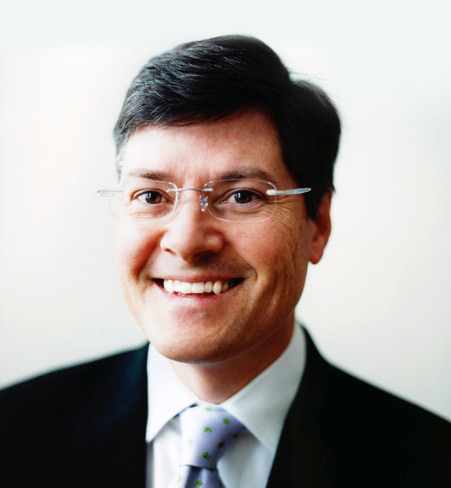5 Questions On Collecting Photography
Mar 18, 2018
Photography can be seen at any contemporary art fair these days. And it’s unlikely you’ll visit a well-regarded contemporary gallery that doesn’t include at least one photographer among their roster. Photography is also increasingly present at auctions as an important investment. Yet collecting photography remains daunting for many.
So we asked photography expert, Stephen Bulger about his tips for new collectors on navigating the market for photography.
Is collecting photography a good entry point to collecting art in general?
What advice do you have for someone who is just starting to collect photography?
What are the common misconceptions about collecting photography?
What role does photography play in the current art market?
What are your five go-to tips for collecting photography?
- Understand your goal: one photograph for a specific place; or building a collection over the next 5-10 years. This distinction between shopping and collecting should inform you about how much time and money to invest.
- Choose a dealer who has a good amount of inventory of work you like within your budget.
- Do your homework. Buy a book on the general history of photography. Ask a dealer you feel comfortable with to recommend some good books.
- Look at as much original work as you can and compare. Buy with your eyes vs. your ears (i.e. don’t buy because of hype, trust your own taste).
- If you begin to build a collection, realize that they are not fixed and will evolve as you evolve, so keep it intuitive.
Author

Stephen Bulger
Born and raised in Toronto, photography was a hobby from a young age. While studying at Ryerson to become an exhibiting photographer, Bulger began curating exhibitions of student work, culminating in being named the first manager of the Ryerson Gallery at 80 Spadina. He opened his own gallery in 1995, and since that time has become Canada’s go to destination for photographic matters of all...

:sharpen(level=0):output(format=jpeg)/wp-content/uploads/2018/03/5-QUESTIONS-ON-COLLECTING-PHOTOGRAPHY-1.jpg)



:sharpen(level=1):output(format=jpeg)/wp-content/uploads/2024/05/The-Art-Lawyers-Diary-1.jpg)
:sharpen(level=1):output(format=jpeg)/wp-content/uploads/2024/04/5-Questions-with-Bianca-Cutait-part-2-1.jpg)
:sharpen(level=1):output(format=jpeg)/wp-content/uploads/2024/05/20231208_164023-scaled-e1714747141683.jpg)
:sharpen(level=1):output(format=jpeg)/wp-content/uploads/2024/04/header.jpg)
:sharpen(level=1):output(format=jpeg)/wp-content/uploads/2024/04/5-Questions-with-Bianca-Cutait-part-1-1.jpg)
:sharpen(level=1):output(format=jpeg)/wp-content/uploads/2024/03/5-Questions-with-Alaina-Simone-1.jpg)